I have a get router that gets orders with the time stamp
router.get('/api/order/:date/:time', function (req,res,next) {
Box.find({orders: {date:req.params.date}}.then (function (order){
console.log('GET ORDER / with ', req.params.date);
res.send(order);
}).catch(next);
});
the :time is just to allow my frontend to call this specific get which offers a timestamp inside the :date parameter
now, the model
const orderSchema = new Schema({
name : { type : String },
date : { type : String }, // date stamp of only YYYY/MM/DD
orders : { type : Array}
});
Inside this array of orders you can find elements such as:
"orders" : [
{
"type" : "Meat Lover Slice",
"extraType" : "na",
"extraInfo" : "na",
"date" : "2018-09-27:08:47:07",
"quantity" : "1",
"size" : "medium",
"crust" : "normal",
"split" : false,
and so on.. (15 or so elements)
You can see inside this array of orders, there are time stamped with YYYY/MM/DD:HH:MM:SS (2018-09-27:08:47:07).
inside the router, I do get
console.log('GET ORDER / with ', req.params.date) // > GET ORDER / with 2018-09-27:08:47:07
so it does receive the time at this route.
But with the params, how do I filter out the the specific orders matching that element?
